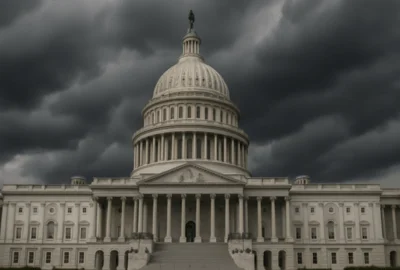Meteorologists with the National Weather Service’s (NWS) Climate Prediction Center (CPC) are predicting another hurricane season with above-average activity, for the seventh year in a row.
Forecasters with the CPC are giving the Atlantic season a 65% chance of above-normal activity, the National Oceanic and Atmospheric Administration reported May 24. They peg the chances of near-normal activity at 25% and at 10% for a below-normal activity, according to the report. The hurricane season began June 1 and continues until Nov. 30.
NOAA expects 14 to 21 named storms in 2022, with winds of at least 39 mph, the statement reports. Six to 10 of those might become hurricanes with 74-mph or higher winds; three to six of those could become major Category 3, 4, or 5 hurricanes with winds over 110 mph, according to NOAA.

Coastal areas can better prepare for a busy 2022 hurricane season thanks to earlier and improved forecasts, NOAA reports.
| NCDOT/Wikimedia Commons
"NOAA provides these ranges with a 70% confidence," the agency states in the report.
Several climate factors contribute to higher-than-average storm activity, NOAA reports, such as the La Nina that's expected to last all season; ocean-surface temperatures in the Atlantic and Caribbean that are warmer than average; weaker tropical trade winds and more, according to the report.
"The way in which climate change impacts the strength and frequency of tropical cyclones is a continuous area of study for NOAA scientists." the agency states.
NOAA Administrator Rick Spinrad, Ph.D., said the start of another possibly active hurricane season is a time to consider how previous devastating storms, such as Hurricane Sandy which hit the northeast U.S. in 2012, can impact a region for many years.
“Since Sandy, NOAA’s forecasting accuracy has continued to improve," Spinrad said in the report, "allowing us to better predict the impacts of major hurricanes to lives and livelihoods.”
Improvements include additional manned and unmanned watercraft and drones, upgrades to forecasting models that allow continuous operational forecasts and enhancements to rainfall and storm surge predictions, according to the report.
“Early preparation and understanding your risk is key to being hurricane resilient and climate-ready,” Secretary of Commerce Gina Raimondo said in the report. “Throughout the hurricane season, NOAA experts will work around the clock to provide early and accurate forecasts and warnings that communities in the path of storms can depend on to stay informed."









